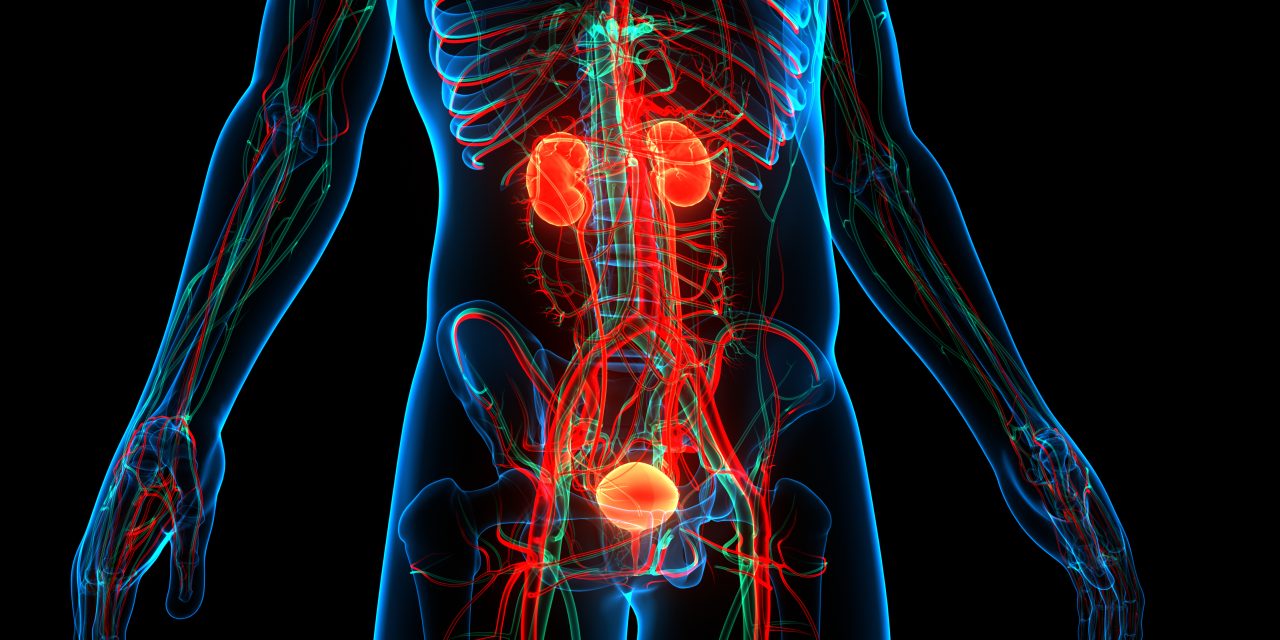The aim is to To examine the impacts of unadulterated binaural beats on uneasiness and agony scores in male patients going through demonstrative cystoscopy (DC) and ureteral stent expulsion (USR) under nearby sedation. This was a forthcoming, randomized fake treatment controlled examination. Patients in the DC gathering (DCG) and USR gathering (USRG) were partitioned into three subgroups as indicated by mediations applied; DCG-1 and USRG-1, patients tuned in to binaural beats; DCG-2 and USRG-2, patients tuned in to old style music; and DCG-3 and USRG-3, patients wore earphones, yet were not presented to sound (control gathering). The State-Trait Anxiety Inventory (STAI) and Visual Analog Scale (VAS) were utilized for estimating tension and agony scores, separately. Segment information, introductory STAI, resilience pace of intercessions, terminal (STAI-T), contrasts of STAI (delta STAI, STAI-D), and VAS scores were looked at. Between July 2019 and March 2020, a sum of 252 and 159 qualified male patients for DCG and USRG were incorporated, separately. The resistance rate in binaural beat bunches was fundamentally lower than in different gatherings (p < 0.05 for all). There were huge reductions in STAI-D scores when DCG-1 and DCG-2 were contrasted and DCG-3 and when USRG-1 and USRG-2 were contrasted and USRG-3 (p < 0.001 for all). Binaural beat bunches had fundamentally lower VAS scores than different gatherings and traditional music bunches had altogether lower VAS scores than control gatherings (p < 0.05 for all).
Reference link – https://www.liebertpub.com/doi/10.1089/end.2020.0353


